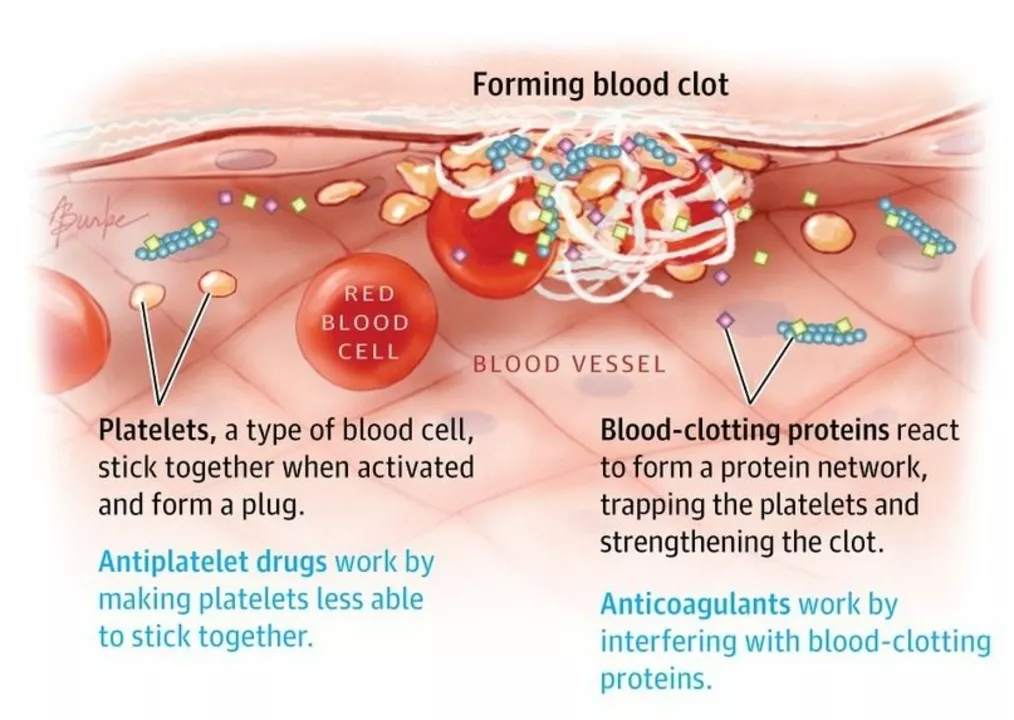Smoking: Practical Tips to Quit, Cut Harm, and Protect Your Health
Smoking changes your body fast. You probably know the big risks—lung cancer, COPD, heart disease—but you also get real, fast wins when you stop. This page gives short, usable steps: what helps, what to expect, and how to get support without drowning in medical jargon.
Why quitting matters — and what improves first
Your body starts repairing almost immediately. Within 20 minutes your heart rate and blood pressure drop. In about 12 hours carbon monoxide levels fall. Over weeks you’ll breathe easier and have more energy. One year after quitting your risk of coronary heart disease drops a lot compared to a smoker. Those are the milestones that keep most people going when cravings hit.
Even cutting back helps. If you can’t quit today, reduce cigarettes per day and use nicotine replacement. Less smoke means less immediate harm and better response to other treatments if you have lung or heart issues.
Practical quitting toolkit
Pick a quit plan and use two things together: medicine and support. Medicines that help include nicotine patches, gum or lozenges, bupropion (Zyban/Wellbutrin), and varenicline (Chantix). Counseling, phone quitlines, or a quit app boost success. Combining a medication with counseling gives the best shot at sticking with it.
When a craving strikes, try a 4‑step pause: delay for 5 minutes, take deep breaths, drink water, and move (walk around the block). Most cravings last 3–5 minutes. Removing triggers helps too—put ashtrays away, avoid smoking areas, and tell friends or family you’re quitting so they can support you.
Be realistic about side effects. Nicotine withdrawal can cause irritability, trouble sleeping, or hunger. Expect a temporary weight gain — usually small — and you can manage it with short walks and protein snacks. If you take other medicines, talk to your doctor: smoking speeds up the breakdown of some drugs (for example clozapine, olanzapine, and theophylline), so doses may need adjustment.
On alternatives: vaping and heated products are less harmful than smoking for some people, but they’re not risk‑free and aren’t the best first choice for young people or non‑smokers. If you use them to quit, aim to stop vaping later too.
If you have breathing problems, read our guide comparing short‑acting and long‑acting bronchodilators — quitting smoking improves inhaler effectiveness and lung recovery. For cost help, check prescription discount options or online pharmacy guides to compare prices for nicotine replacement and prescription meds.
Ready to start? Pick a quit date, tell someone, get a replacement therapy, and use support. Small steps add up. If you need specific medical advice, talk to your doctor or a local quitline — they can tailor a plan that fits your health and meds.
- Colin Hurd
- May, 16 2023
- 8 Comments
The connection between smoking and blood clot formation
As a blogger, I've recently been researching the connection between smoking and blood clot formation. It turns out that smoking can significantly increase the risk of blood clots by damaging the lining of blood vessels and causing them to narrow. Additionally, smoking also increases the levels of fibrinogen, a protein that contributes to clot formation. This, combined with reduced blood flow due to nicotine, makes it easier for clots to form and block blood vessels. It's clear that quitting smoking is essential for lowering the risk of blood clot formation and maintaining overall health.

